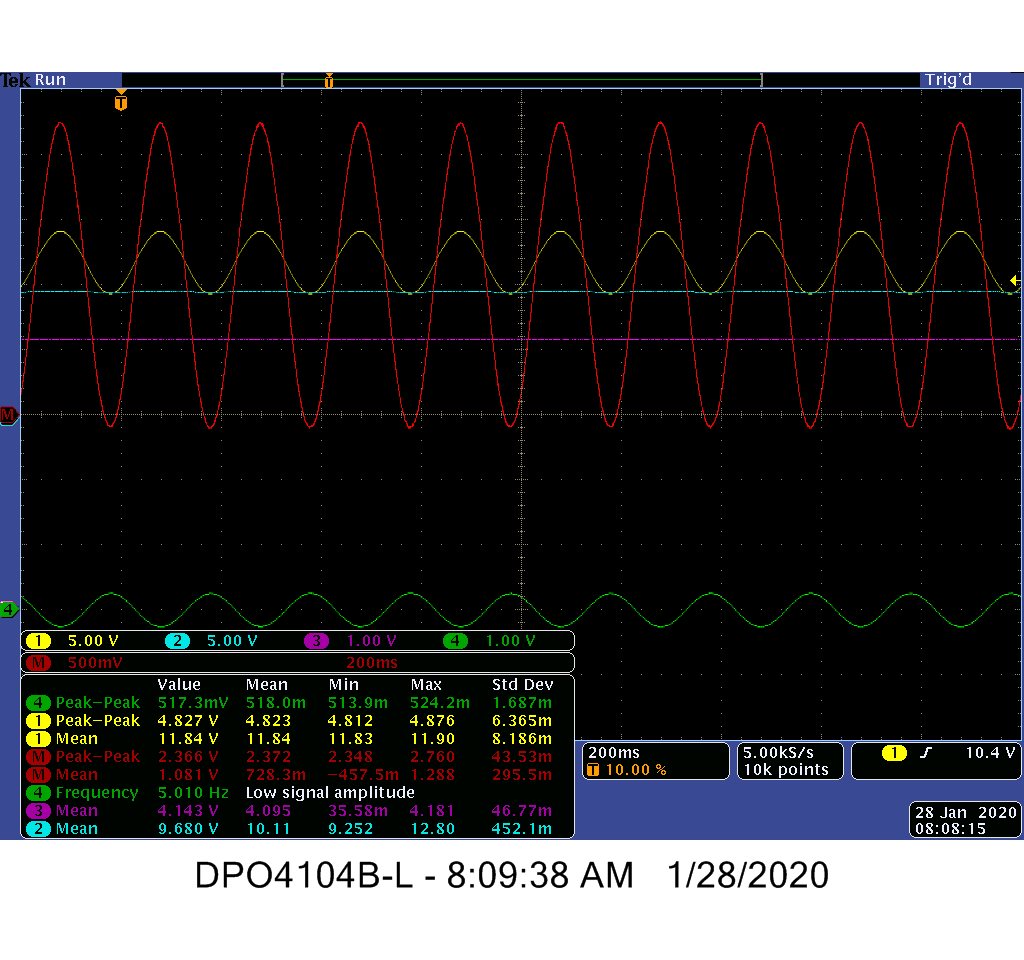Other Parts Discussed in Thread: DRV201, DRV2510-Q1, DRV2511-Q1, TPS68470, DRV8850
I'd like to use TPA3250 in PBTL configuration to drive a voice coil actuator. The required frequency is 0-40 Hz. To drive it at 0 Hz I would have to remove DC blocking capacitors at the amplifier inputs.
Are the IC analog inputs internally biased? If yes, to what voltage?
Can the amplifier inputs be biased with 2.5V?
In general, do you see any additional problems for the IC not to work at DC and very low frequencies?



